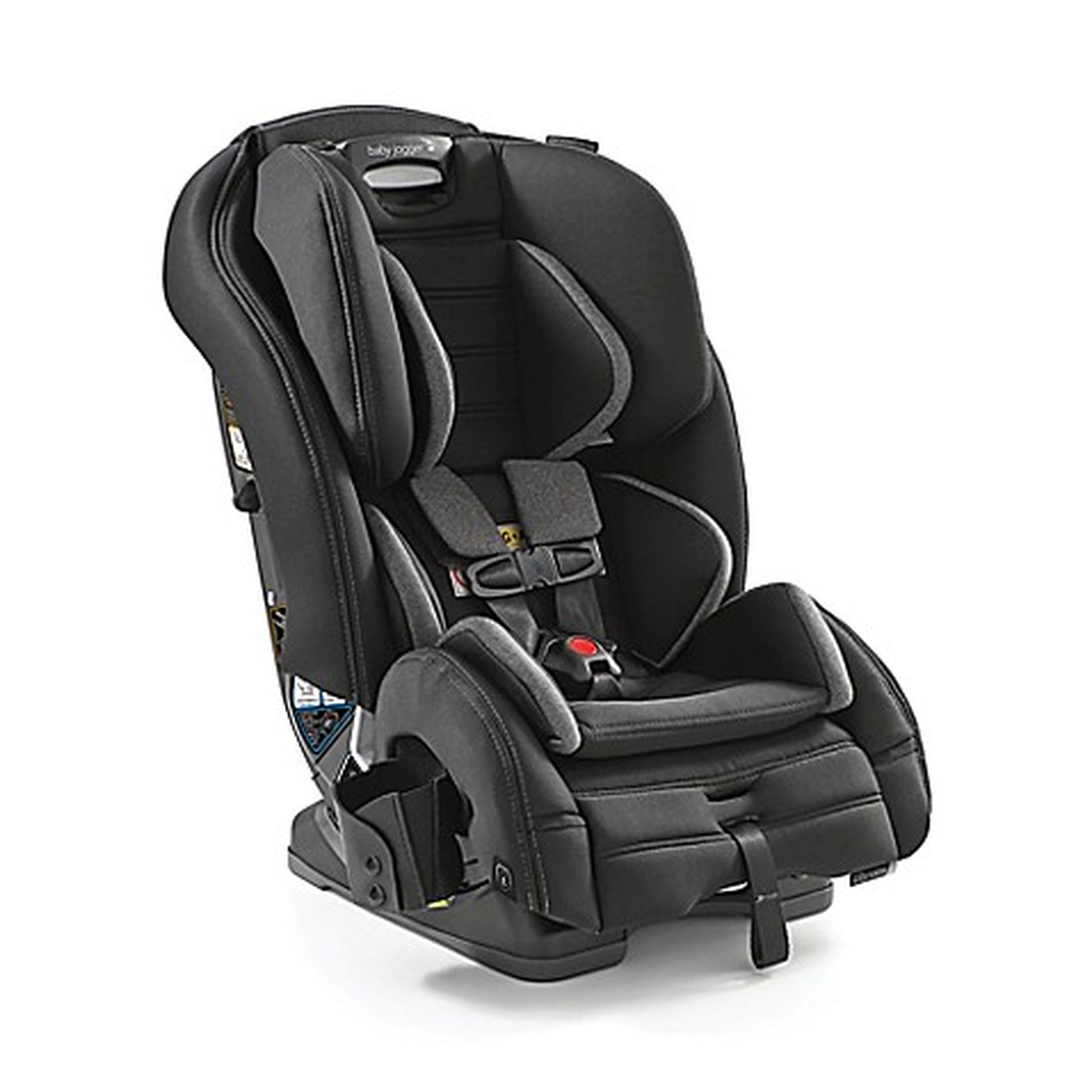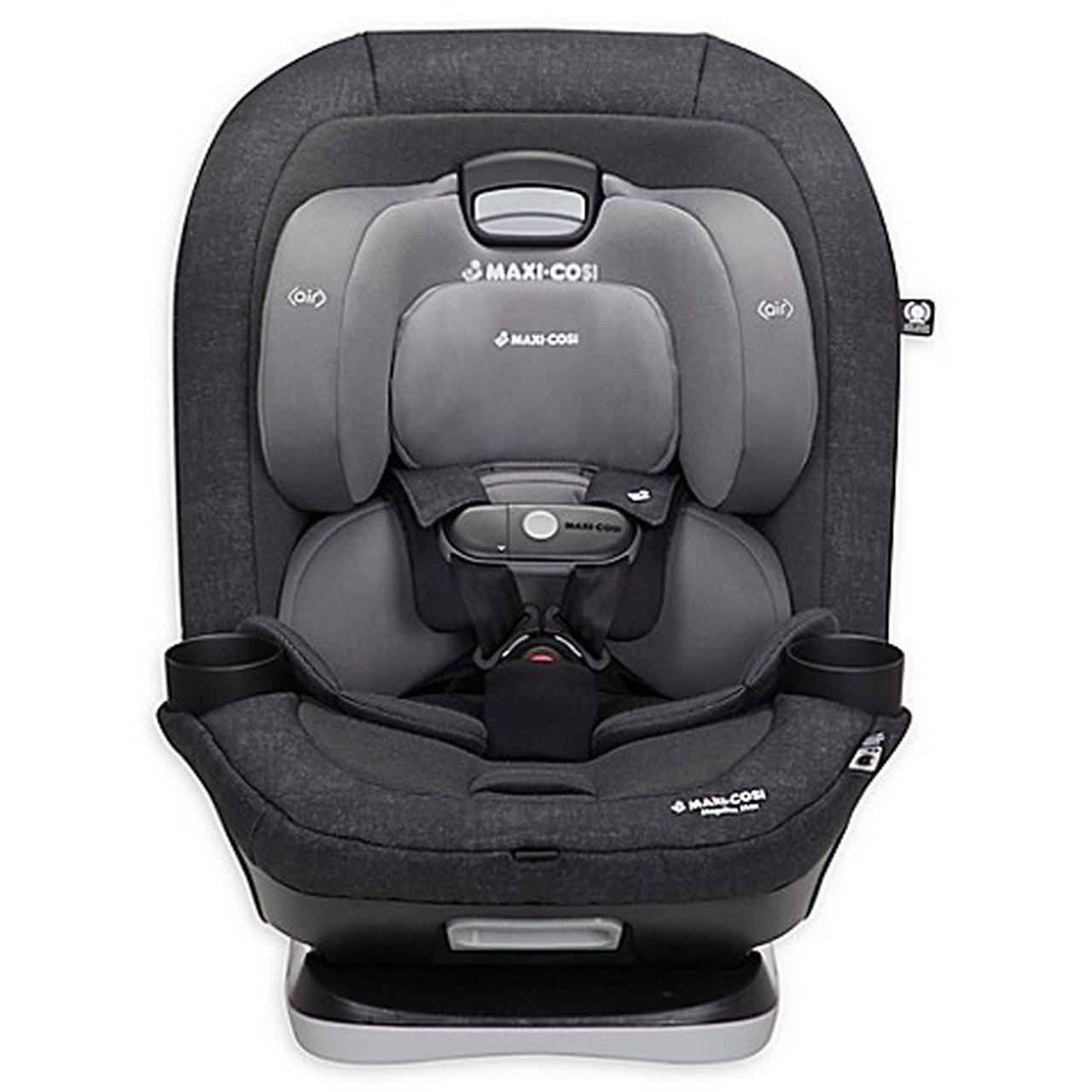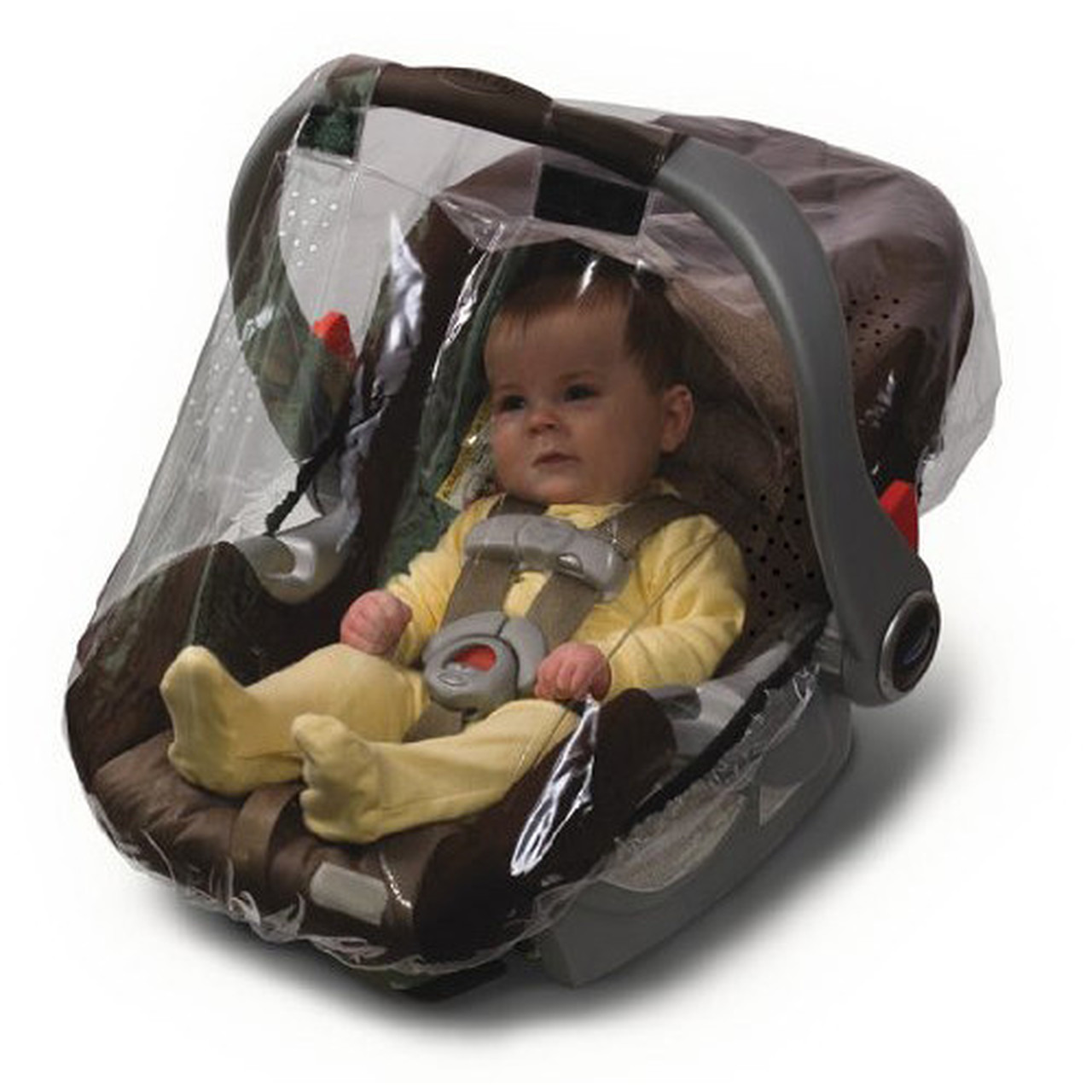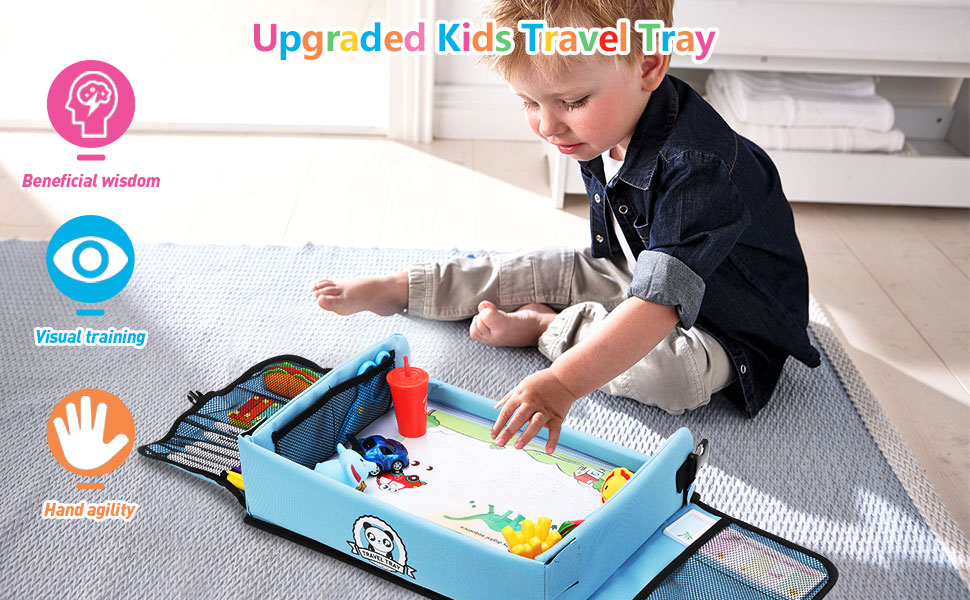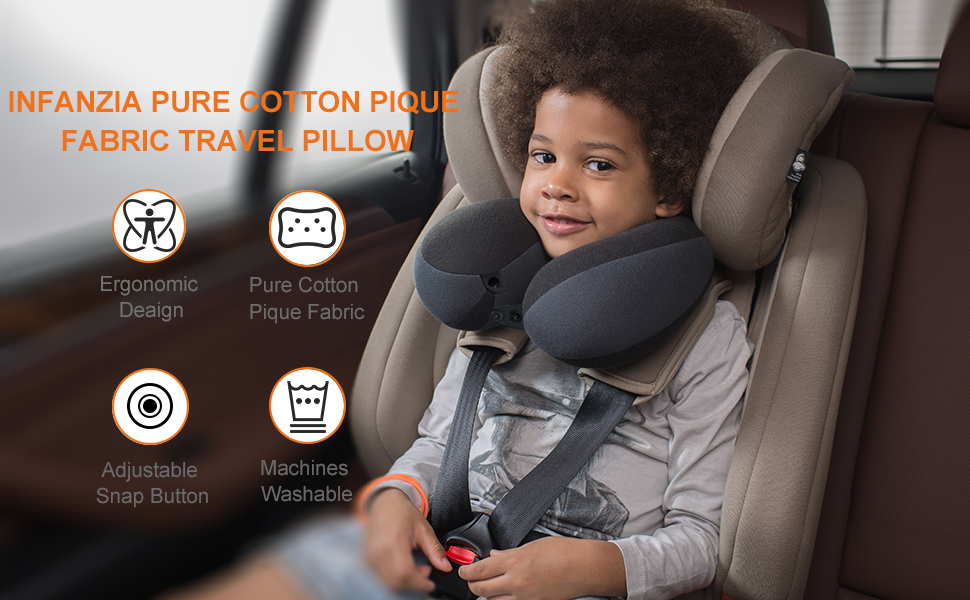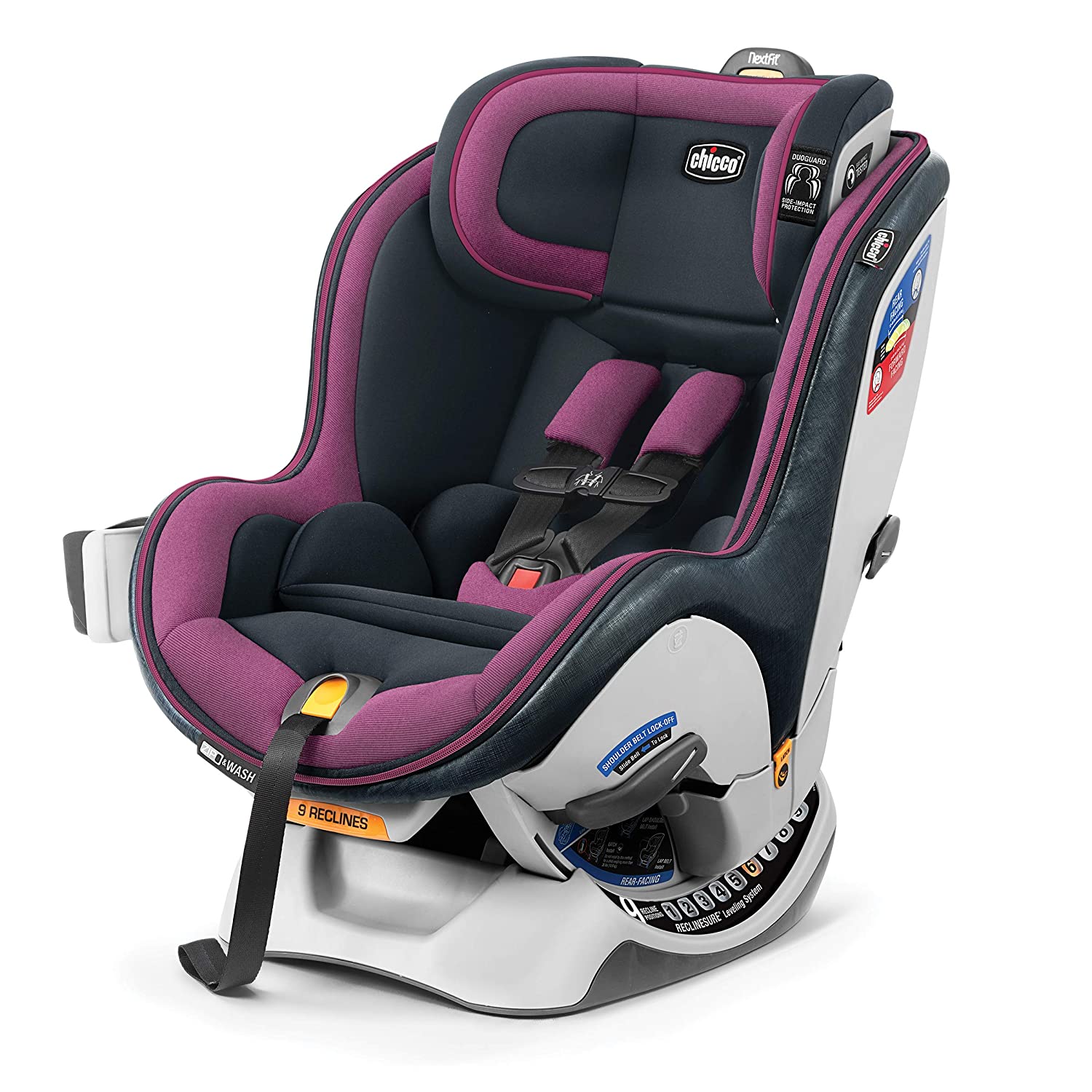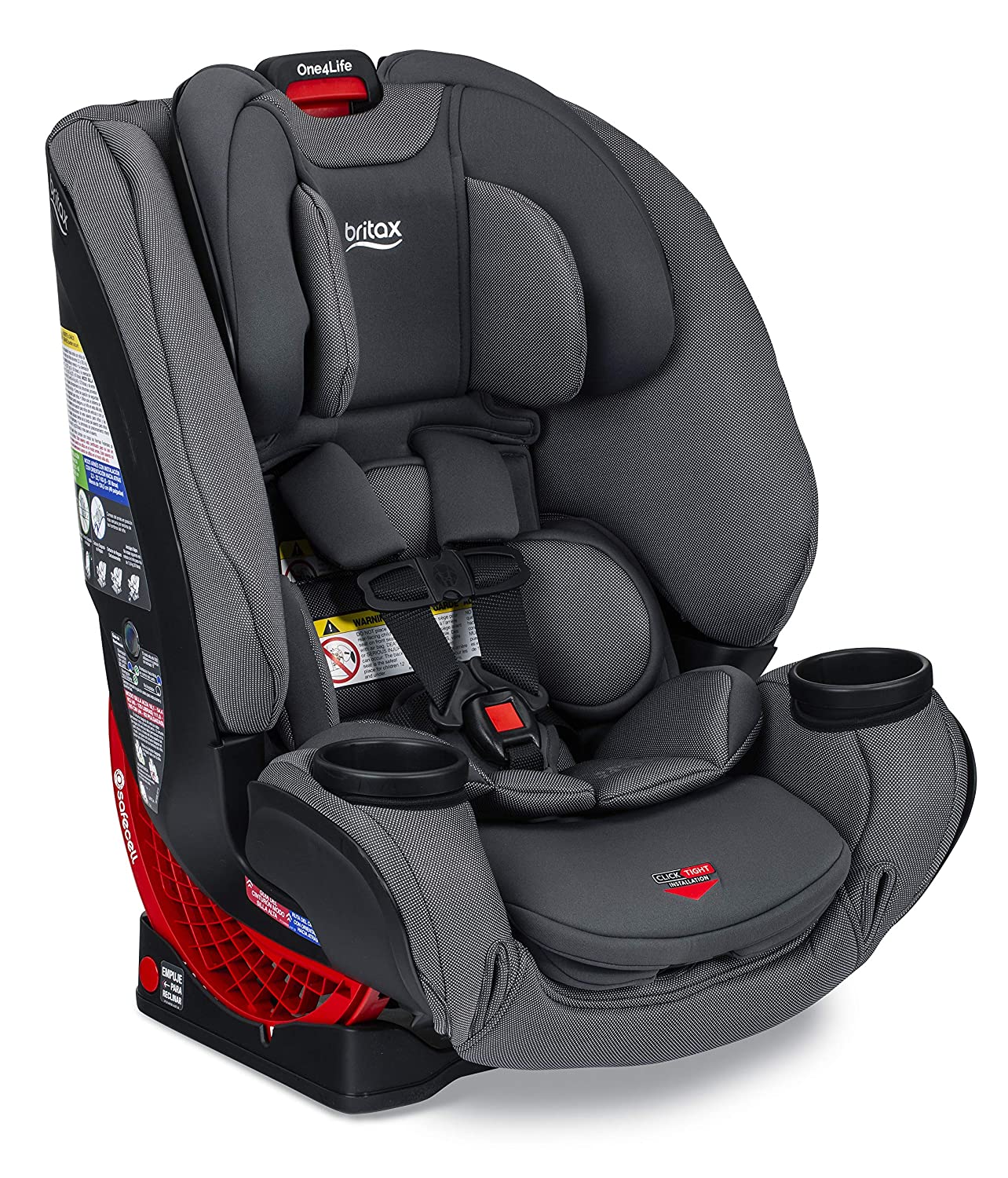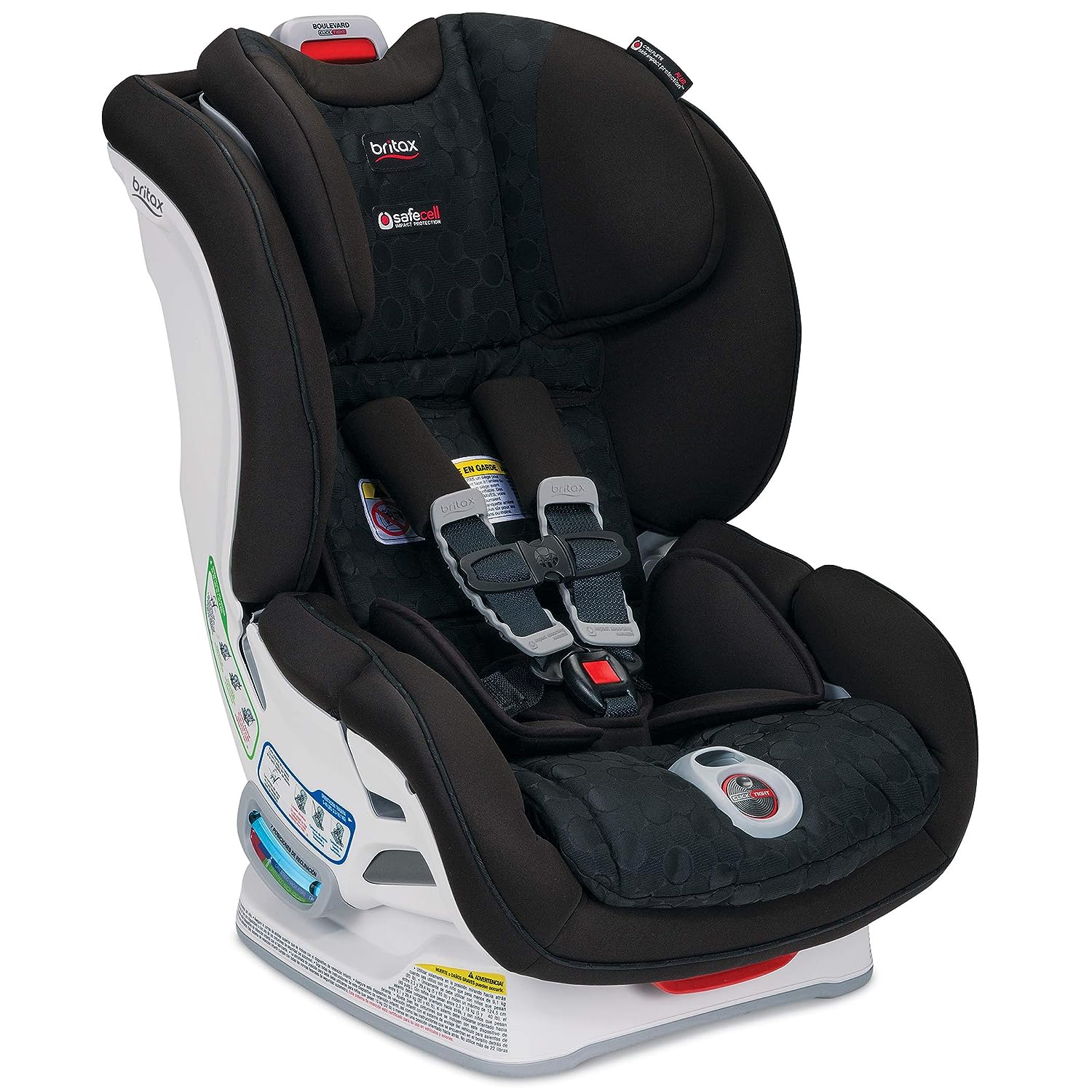🚚 - Select Location
Use code “WELCOME25” for $25 off $100 or More!


- View all
- Compact Size Folding Crib With Mattress and Sheets
- Baby Home Dream Portable Baby Cot
- Davinci Elizabeth II Toddler Bed Seamless Convertible Comfort
- Day Dreamer Lounger Your Baby's Perfect Oasis of Comfort
- Cozy Comfort Carter's Easy-Fit Jersey Portable Crib Fitted Sheet
- Peapod Plus Safe and Cozy Infant Travel Bed
- Regalo My Cot Deluxe Portable Bed
- Roll Away Twin Bed Portable Comfort for a Peaceful Night's Sleep
- Sleigh Bed Includes Mattress & Sheets
- The Shrunks Tuckaire Toddler Inflatable Travel Bed Comfort On-the-Go
- Tiny Love Take Along Mobile
- Twin Size Mattress Quality Comfort for a Restful Sleep
- Home Image Digital Scale for Infants and Pets
- Babybjorn Baby Carrier Original
- Full Size Folding Crib With Mattress and Sheets
- Baby Jogger City View All-in-One Car Seat
- Evenflo Sonus 65 Convertible Car Seat
- Graco Contender 65
- Graco Nautilus 3-in-1 Car Seat
- Maxi-Cosi Magellan Max 5-in-1 Convertible Car Seat
- BOB B-Safe Car Seat
- Graco SnugFit 35 Infant Car Seat
- Jolly Jumper Infant Car Seat Weather Shield
- Chicco KidFit 2-in-1 Belt-Positioning Booster Car Seat
- Cosco Highback Booster Car Seat
- Evenflo Big Kid Booster Seat
- Evenflo LX No-Back Booster Seat
- Graco Affix HighBack Booster
- Graco Nautilus SnugLock LX 3-in-1 Harness Booster Seat
- Graco TurboBooster TakeAlong Highback Booster
- Baby Jogger City Mini Single Stroller
- Baby Jogger City Tour 2
- Safety 1st Teeny Ultra Compact Stroller
- Baby Trend Snap-N-Go EX Car Seat Carrier
- Britax B-Agile w/ Attachment Stroller
- Bugaboo Fox 3 Bassinet and Seat
- Chicco Bravo Stroller Ombra
- Chicco Viaro Quick-Fold Stroller
- Graco FastAction Fold Click Connect LX Stroller
- Graco Modes Pramette Stroller
- Maclaren Quest Arc Stroller
- Summer Infant 3D Lite Convenience Stroller
- Uppababy Vista V2 Stroller
- UPPAbaby G-Lite Stroller
- Chicco Travel System
- Graco Travel System
- Safety 1st Smooth Ride Travel System
- Baby Jogger City Mini Double Stroller
- Baby Trend Navigator Double Jogging Stroller
- BOB Revolution SE Duallie Stroller
- Britax B Agile Double
- Delta Children LX Tandem Umbrella Stroller
- Joovy X2 Stroller
- Maclaren Twin Triumph
- Contours Options Elite Tandem Stroller
- Graco Ready2Grow Classic Connect LX Stroller
- Joovy Caboose Stand-On Tandem Stroller
- Bundle Me Set For Car Seats Strollers
- Lascal BuggyBoard Maxi Black
- Rain cover for Single and Double Strollers and Car Seats
- Graco Blossom 4-in-1 Seating System
- Graco DuoDiner LX Highchair
- Infant Pop N Sit Portable Highchair
- Joovy Nook High Chair
- Deluxe Diner Reclining Feeding Seat
- Fisher-Price Booster Seat, Rainforest
- Fisher-Price Healthy Care Deluxe Booster Seat
- Prince Lionheart bébéPOD Flex Plus Baby Seat
- Summer Infant 4-in-1 Deluxe SuperSeat
- Dr. Brown's Natural Flow Deluxe Bottle Warmer
- Philips AVENT 3-in-1 Electric Steam Sterilizer
- The First Years Quick Serve Bottle Warmer
- Delta Children Changing Table
- BABYBJORN Potty Chair
- Graco Transitions Step Stool
- Summer Infant Lil' Loo Potty
- Fisher-Price Grow-With-Me Trike
- Mini Micro Scooter with T-Bar Handle for Children
- Razor Jr Folding Kiddie Kick Scooter Blue
- 6-Foot Play Tunnel Toy Tent: A Pop-Up Discovery Tube for Children
- Little Tikes EasyScore Basketball Set
- Fisher-Price Laugh & Learn Puppy's Smart Stages Push Car
- Table: Fun and Functional Outdoor Seating for Kids
- Splash into Endless Water Fun
- Radio Flyer 2700Z Pathfinder Wagon
- 23-Piece Sandbox Toy Set: Sparking Creativity and Adventure in the Sand
- Step 2 Water Works Water Table
- VTech 2-in-1 Smart Ride-on Rocker
- Bright Starts Petals and Friends Activity Gym
- Edushape Edu-Tiles 25-Piece Solid Play Mat with Edges and Corners
- Fisher-Price Discover 'n Grow Kick and Play Piano Gym
- Fisher-Price Bubbles On-the-Go Baby Dome
- Trademark Global Foam Floor Alphabet Puzzles Mat for Kids
- BabyBjorn Bouncer Balance Soft
- Graco Comfy Cove LX Infant Swing
- Package 11: Full Size Folding Crib, Mattress and Linens with Space Saver High Chair and Convertible Car Seat
- Package 10: Compact Crib and Infant Car Seat
- Package 1: Full Size Folding Crib, Mattress, Linens and High Chair
- Package 5: Graco Pack 'n Play, Space Saver High Chair and Baby Tub
- Package 9: Full Size Folding Crib, Organic Mattress and Linens
- Package 8: Compact Size Crib, Organic Mattress and Linens
- DreamHome Portable Cot Comfortable Rest for Your Baby
- Fisher-Price Rock 'n Play Portable Bassinet Cozy Sleep Solution
- Diaper Genie Essentials Diaper Disposal Pail
- Bumbo Floor Seat Supportive Seat for Your Baby
- Fisher-Price Deluxe Sit-Me-Up Floor Seat
- Megaseat Infant Floor Seat with Safety Belt
- Pack n Play Mattress For Babies
- Folding Bed Rail for Toddlers
- Upgrade 5 Inch Thick Mattress Full Size
- Upgrade to Organic Mattress Full Size
- 4moms Breeze Plus Portable Playard For Your Baby
- BABYBJORN Travel Crib Light
- Graco Pack 'n Play On-the-Go: Travel Playard
- Graco Pack 'n Play Playard with Reversible Napper + Changer
- Graco Pack 'n Play Newborn Napper Elite
- Graco Pack 'n Play with Twins Bassinet Vance: Ideal for Twin Babies
- Joovy Room 2 Portable Playard: Spacious Play Area for Your Baby
- Lotus Travel Crib and Portable Baby Playard
- Pack 'n Play Sheets: Soft and Fitted Bedding
- Holmes Cool Mist Humidifier: Balanced Hydration
- Motorola Digital Wireless Video Baby Monitor
- MyBaby SoundSpa Lullaby Sound Machine and Projector
- Safety 1st Nature Next Bamboo Gate
- Ultrasonic Pig-Shaped Humidifier: Adorable Humidity Control
- Bloom Coco Baby Lounger: Modern Comfort
- Boppy Newborn Lounger: Cozy Support for Your Baby
- Boppy Nursing Pillow and Positioner, Luxe Monkey Chevron
- Infant Sleep Positioner
- Infant Ultimate Sleep Fixed Positioner
- Summer Infant Cradler, Ivory
- Fisher-Price SpaceSaver High Chair
- Little Tikes Tap-a-Tune Drum
- Roll over image to zoom in VTech Spin and Learn Color Flashlight
- VTech Click and Count Remote
- VTech Strum and Jam Kidi Musical Guitar Band
- VTech Touch and Swipe Baby Phone
- Fisher-Price Baby's First Blocks and Rock Stack Bundle
- Fisher-Price Brilliant Basics Chatter Telephone
- Fisher-Price Brilliant Basics Stack & Roll Cups
- Fisher-Price See 'n Say The Farmer Says Toy
- Mega Bloks Play 'n Go Table (Colors May Vary)
- My First Learning Bead Maze Cube Activity Center
- VTech Baby's Learning Laptop
- VTech Drop and Go Dump Truck
- VTech Grow Along Music Center
- VTech KidiBeats Drum Set
- VTech Sit-to-Stand Learning Walker
- VTech Smart Shots Sports Center
- VTech Touch and Learn Activity Desk
- Winfun Letter Train and Piano Activity Table
- Safety 1st Sounds n Lights Discovery Walker, Dino
- Stay Cool with Our 6.5-Foot Portable Beach and Sports Umbrella
- Relax in Style with Our Folding Backpack Beach Chair
- Luxurious and Spacious Beach Blanket for Ultimate Comfort
- Coleman 42-Can Wheeled Soft Cooler with Hard Liner
- Instant Pop-Up Privacy Tent: Your Personal Space Anywhere
- Giant Rainbow Kite
- Beach Chairs
- Status Veneto Glider and Nursing Ottoman
- Peg Perego Prima Pappa Best High Chair
- Challenger Knocked Down Walnut Highchair
- Natemia Fitted Crib Sheets
- OCCObaby Crib Wedge Pillow with Waterproof Cove
- Organic Cotton Baby Blanket for Ultimate Comfort
- Kids Travel Tray with Dry Erase Top Car Seat Travel Tray
- Kids Travel Neck Pillow
- Graco Extend2Fit Convertible Car Seat
- Chicco NextFit Zip Convertible Car Seat
- Graco Verb Stroller
- Joovy Zoom 360 Ultralight Jogging Stroller
- Evenflo Minno Twin Double Stroller
- Little Tikes T-Ball Set
- Jasonwell Kids' Sprinkler: Ultimate Water Play Fun for Children
- Baby Toddler Hiking Backpack Carrier
- Universal Baby Stroller Organizer
- Mountain Buggy Nano Stroller
- Mountain Buggy Duet V3 Buggy Silver
- Britax One4Life ClickTight All-in-One Car Seat
- Britax Boulevard ClickTight Convertible Car Seat
- Britax Highpoint Ventilating Car Seat
- Luvdbaby Premium Baby Hiking Backpack Carrier
- TETON Sports Explorer 4000 Internal Frame Backpack
- Warm Muff Stroller Gloves
- Skip Hop Winter Car Seat Cover
- Toddler Stroller Footmuff
- Warm and Cozy Baby Stroller Blanket
- Hand Muff Winter Warmer Gloves
- Illuminator Ski Skooter Snowboard
- Flexible Flyer Baby Pull Sled
- Metal Snow Disc Saucer
- Kids Plastic Toboggan Snow Sled
- High-Quality Binoculars for Kids
- Intimom Ultra Soft Blanket
- Maxi-Cosi Zelia Max 5-in-1 Travel System
- UPPAbaby RIDGE 3-Wheel All-Terrain Stroller
- Thule Urban Glide 2 Jogging Stroller
- Cybex Sirona M with SensorSafe Car Seat
- UPPAbaby MESA Infant Car Seat
- Portable Mini Bicycle Lock Anti-Theft
- Baby Delight Go With Me Deluxe Portable High Chair
- Joolz Hub Stroller
- Bucket of Toys
- Britax Emblem 3 Stage Convertible Car Seat
- Experience Comfort and Support with Our Brand New Crib Mattress
- Cybex Modular Double Stroller
- Motorola Video Baby Monitor - 2 Wide Angle HD Cameras with Infrared
- UPPAbaby Knox Convertible Car Seat
- Uppababy Vista V2 Double Stroller
- BOB Gear All-Terrain Jogging Stroller
- BOB Gear Revolution Flex 3 Jogging Stroller
- Nanit Pro Smart Baby Monitor and Floor Stand
- Breathable Crib Blackout Cover
- Convenient Hanging Diaper Organizer
- Baby Jogger City Suite Multi-Level Playard
- Memory Foam Crib Mattress
- Mountain Buggy Nano Duo Stroller
- Diono Cambria Booster Seat
- Fisher-Price Astro Kitty SpaceSaver Jumperoo
- Graco 4Ever DLX 4 in 1 Car Seat
- Bugaboo Stardust Playard
- Sweety Fox - Baby High Chair Dark Grey
- Cybex Gazelle S Double Stroller
- Grow You ClickTight Plus Harness-2-Booster Car Seat
- Bugaboo Donkey 5 Mono Complete Stroller
- Fisher-Price Laugh & Learn Countin' Reps Dumbbell
- Fisher-Price Laugh & Learn Counting Colors
- Fisher-Price Laugh & Learn Lil' Gamer
- Fisher-Price Laugh & Learn Laptop
- Fisher-Price Walk, Bounce & Ride Pony
- Protective Crib Mattress Protector Pad Safeguarding Comfort for Your Baby
- Joovy Foodoo High Chair
- Graco EveryStep 7 in 1 High Chair
- Maxi-Cosi Minla 6-In-1 High Chair
- 4moms Pack and Play Mattress
- MINU by UPPAbaby
- Baby Jogger City Turn Convertible Car Seat
- Britax B-Clever Compact Stroller
- Chicco Liteway Stroller
- Graco Slimfit 3 in 1 Car Seat
- Graco Premier Fold 7-in-1 Convertible High Chair
- Package 3: Full Size Folding Crib, Organic Mattress and Linens with High Chair
- Maxi-Cosi Kori 2-In-1 Rocker
- Package 12: Graco Pack 'n Play, High Chair and Bucket Of Toys
- Package 7: (2) Graco Pack 'n Play Portable Playard Package
- Roam Crossover Stroller with Advanced Features
- EnerPlex Queen Air Mattress
- Lotus Bassinet Kit & Travel Crib
- Baby Jogger City Bistro High Chair
- Dreamegg D1 Sound Machine
- Little Tikes Outdoor Folding Water Play Table
- Little Tikes Waterfall Island Play Table Set
- Simplay3 Rushing River Falls Water Play Table
- UPPAbaby G-LINK 2 Stroller
- Graco Slim Snacker High Chair
- Dream On Me Coast Stroller Rider
- Play 22 Ride On Excavator
- Enhanced Baby Safety Discover Our Crib Tent for Peace of Mind
- Fisher-Price 4-in-1 Sling 'n Seat Tub
- Four-in-One Grow-with-Me Bath Tub
- Fisher-Price Whale of a Tub Bathtub
- Graco Tranzitions 3-in-1 Harness Booster Car seat
- Radio Flyer Busy Buggy Toddler Ride-On Toy
- Dream On Me Strider Lightweight Stroller
- Evenflo Omni Plus Modular Travel System
- Jeep Destination Ultralight Double Stroller
- Graco TriRide 3-in-1 Car Seat
- Graco Turn2Me 3-in-1 Car Seat
- Baby Jogger City Sights Stroller (New)
- Package 2: Graco Pack 'n Play, High Chair and Infant Car Seat
- Package 6: Full Size Folding Crib, Mattress and Linens with Baby Monitor
- Maxi-Cosi Mico 30 Infant Car Seat
- Graco Ultra 2-in-1 Premium Dual-Sided Crib & Toddler Mattress
- Chicco Dash Instant Setup Playard
- Safety 1st Grow and Go Sprint All-in-One Convertible Car Seat
- Pop and Catch Ball Game
- Portable PVC Framed Cornhole
- Giant Checkers & Tic Tac Toe Game
- Foundations SnugFresh Portable Play Yard
- Wooden Ring Toss Game Set
- Ottaro Giant Tic Tac Toe Game
- Hauck 3-Wheel Stroller Runner
- Hauck Roadster Duo SLX Double Stroller
- Hauck Travel Cot Dream N Play Plus
- Mompush Wiz 2-in-1 Convertible Baby Stroller
- Lightweight Travel Stroller
- Maxi-Cosi Citi Siège
- Maxi-Cosi Titan Siège
- Geuther 4842 Changing Shelf
- Graco Booster Basic
- Kinderkraft Baby High Chair
- Kinderkraft Grande Plus
- Joovy 7017 Room2
- Baby Jogger Summit X3 Poussette
- Full Size Wooden Crib with Mattress and Linens
- Chicco Ohlalà Poussette Canne Double
- Graco Stadium Duo Click Connect
- BabyBjörn Baby Carrier Mini
- Playnest and Gym Playmat
- Ubbi Steel Odor Locking Nappy Disposal Bin
- Mamas & Papas Baby Snug Comfortable Baby Seat
- Fisher-Price Portable Baby Chair with Tray
- Baby Gates
- Motorola Baby Monitor VM44
- Chicco Next2Me Bassinet
- Philips Avent Bottle Warmer
- Skip Hop Baby Bath Tub
- Ingenuity 2in1 Booster Chair
- Venture Bubble Portable Travel High Chair
- Hauck Poussette Travel System
- Kinderkraft MOOV 3 in 1 Stroller
- Moonkie Bagged Soft Wool Toys
- 6-in-1 Multifunctional Play Center
- Galt Wooden Baby Toys
- Sweet time Baby Toy Drum
- HELLOWOOD 8 in 1 Motor Activity Cube
- Allaugh Musical Mat
- Rolimate Educational Wooden Toy
- Vanplay Montessori Wooden Toy
- Baby Einstein Hape Magic Touch Piano
- Mondo Toys - MY FIRST SCOOTER
- Ingenuity Convertible Bouncer
- Munchkin Lightweight Rocker Seat
- Doloowee Kids Water and Sand Table
- Little Tikes Fountain Factory Table
- Britax Gen2 Flexfit Travel System
- Baby Trend Sit-N-Stand Double Stroller
- Lascal BuggyBoard Maxi
- Little Tikes Splash Beach Water Table
- Baby Jogger City Tour Two Double Stroller
- Fisher-Price Spin & Sort Activity Center
- Summer Pop 'N Jump Portable Baby Activity Center
- Evenflo Shyft DualRide
- Graco Pace 2.0 Stroller
- Jeep TurboGlyde Jogging Stroller
- Package 4: Graco Pack 'n Play On the Go Travel Playard, Mattress, and Linens
- Cosco Kids Simple Fold High Chair
- Full Size Mesh Crib Mattress and Sheets
- Joovy Kooper X2 Double Stroller
- Baby Trend Expedition Stroller Wagon
- Evenflo Xplore All-Terrain Stroller Wagon
- Baby Trend Expedition 2-in-1 Stroller Wagon
- Evenflo Pivot Xplore All-Terrain Stroller Wagon
- Intex 4 Foot x 12 Inch Outdoor Kiddie Swimming Pool
- Intex Inflatable Pool Reclining Chair
- Intex Inflatable Vinyl Boat Floating Tube Raft
- Intex Inflatable Floating Swimming Pool Toy
- Intex Inflatable Swimming Pool Ball
- Intex Kids Inflatable Play Center Pool with Waterslide
- INTEX Inflatable Surfing Fun Slide
- Outdoor Triple Water Slide
- Inflatable Sprinkler for Kids
- Sereed Baby Balance Bike
- Pack N Play Tent
- UPPAbaby Remi Playard
- Joovy Coo Bassinet
- Ingenuity Compact Folding High Chair
- Munchkin Float Baby High Chair
- Graco Ready2Jet Compact Stroller
- Joolz Lightweight Baby Stroller
- UPPAbaby Minu V2 Travel Stroller
- Bugaboo Butterfly Compact Stroller
- Toddler Travel Bed
- View all
- Compact Size Folding Crib With Mattress and Sheets
- Baby Home Dream Portable Baby Cot
- Davinci Elizabeth II Toddler Bed Seamless Convertible Comfort
- Day Dreamer Lounger Your Baby's Perfect Oasis of Comfort
- Cozy Comfort Carter's Easy-Fit Jersey Portable Crib Fitted Sheet
- Peapod Plus Safe and Cozy Infant Travel Bed
- Regalo My Cot Deluxe Portable Bed
- Roll Away Twin Bed Portable Comfort for a Peaceful Night's Sleep
- Sleigh Bed Includes Mattress & Sheets
- The Shrunks Tuckaire Toddler Inflatable Travel Bed Comfort On-the-Go
- Tiny Love Take Along Mobile
- Twin Size Mattress Quality Comfort for a Restful Sleep
- Home Image Digital Scale for Infants and Pets
- Babybjorn Baby Carrier Original
- Full Size Folding Crib With Mattress and Sheets
- Baby Jogger City View All-in-One Car Seat
- Evenflo Sonus 65 Convertible Car Seat
- Graco Contender 65
- Graco Nautilus 3-in-1 Car Seat
- Maxi-Cosi Magellan Max 5-in-1 Convertible Car Seat
- BOB B-Safe Car Seat
- Graco SnugFit 35 Infant Car Seat
- Jolly Jumper Infant Car Seat Weather Shield
- Chicco KidFit 2-in-1 Belt-Positioning Booster Car Seat
- Cosco Highback Booster Car Seat
- Evenflo Big Kid Booster Seat
- Evenflo LX No-Back Booster Seat
- Graco Affix HighBack Booster
- Graco Nautilus SnugLock LX 3-in-1 Harness Booster Seat
- Graco TurboBooster TakeAlong Highback Booster
- Baby Jogger City Mini Single Stroller
- Baby Jogger City Tour 2
- Safety 1st Teeny Ultra Compact Stroller
- Baby Trend Snap-N-Go EX Car Seat Carrier
- Britax B-Agile w/ Attachment Stroller
- Bugaboo Fox 3 Bassinet and Seat
- Chicco Bravo Stroller Ombra
- Chicco Viaro Quick-Fold Stroller
- Graco FastAction Fold Click Connect LX Stroller
- Graco Modes Pramette Stroller
- Maclaren Quest Arc Stroller
- Summer Infant 3D Lite Convenience Stroller
- Uppababy Vista V2 Stroller
- UPPAbaby G-Lite Stroller
- Chicco Travel System
- Graco Travel System
- Safety 1st Smooth Ride Travel System
- Baby Jogger City Mini Double Stroller
- Baby Trend Navigator Double Jogging Stroller
- BOB Revolution SE Duallie Stroller
- Britax B Agile Double
- Delta Children LX Tandem Umbrella Stroller
- Joovy X2 Stroller
- Maclaren Twin Triumph
- Contours Options Elite Tandem Stroller
- Graco Ready2Grow Classic Connect LX Stroller
- Joovy Caboose Stand-On Tandem Stroller
- Bundle Me Set For Car Seats Strollers
- Lascal BuggyBoard Maxi Black
- Rain cover for Single and Double Strollers and Car Seats
- Graco Blossom 4-in-1 Seating System
- Graco DuoDiner LX Highchair
- Infant Pop N Sit Portable Highchair
- Joovy Nook High Chair
- Deluxe Diner Reclining Feeding Seat
- Fisher-Price Booster Seat, Rainforest
- Fisher-Price Healthy Care Deluxe Booster Seat
- Prince Lionheart bébéPOD Flex Plus Baby Seat
- Summer Infant 4-in-1 Deluxe SuperSeat
- Dr. Brown's Natural Flow Deluxe Bottle Warmer
- Philips AVENT 3-in-1 Electric Steam Sterilizer
- The First Years Quick Serve Bottle Warmer
- Delta Children Changing Table
- BABYBJORN Potty Chair
- Graco Transitions Step Stool
- Summer Infant Lil' Loo Potty
- Fisher-Price Grow-With-Me Trike
- Mini Micro Scooter with T-Bar Handle for Children
- Razor Jr Folding Kiddie Kick Scooter Blue
- 6-Foot Play Tunnel Toy Tent: A Pop-Up Discovery Tube for Children
- Little Tikes EasyScore Basketball Set
- Fisher-Price Laugh & Learn Puppy's Smart Stages Push Car
- Table: Fun and Functional Outdoor Seating for Kids
- Splash into Endless Water Fun
- Radio Flyer 2700Z Pathfinder Wagon
- 23-Piece Sandbox Toy Set: Sparking Creativity and Adventure in the Sand
- Step 2 Water Works Water Table
- VTech 2-in-1 Smart Ride-on Rocker
- Bright Starts Petals and Friends Activity Gym
- Edushape Edu-Tiles 25-Piece Solid Play Mat with Edges and Corners
- Fisher-Price Discover 'n Grow Kick and Play Piano Gym
- Fisher-Price Bubbles On-the-Go Baby Dome
- Trademark Global Foam Floor Alphabet Puzzles Mat for Kids
- BabyBjorn Bouncer Balance Soft
- Graco Comfy Cove LX Infant Swing
- Package 11: Full Size Folding Crib, Mattress and Linens with Space Saver High Chair and Convertible Car Seat
- Package 10: Compact Crib and Infant Car Seat
- Package 1: Full Size Folding Crib, Mattress, Linens and High Chair
- Package 5: Graco Pack 'n Play, Space Saver High Chair and Baby Tub
- Package 9: Full Size Folding Crib, Organic Mattress and Linens
- Package 8: Compact Size Crib, Organic Mattress and Linens
- DreamHome Portable Cot Comfortable Rest for Your Baby
- Fisher-Price Rock 'n Play Portable Bassinet Cozy Sleep Solution
- Diaper Genie Essentials Diaper Disposal Pail
- Bumbo Floor Seat Supportive Seat for Your Baby
- Fisher-Price Deluxe Sit-Me-Up Floor Seat
- Megaseat Infant Floor Seat with Safety Belt
- Pack n Play Mattress For Babies
- Folding Bed Rail for Toddlers
- Upgrade 5 Inch Thick Mattress Full Size
- Upgrade to Organic Mattress Full Size
- 4moms Breeze Plus Portable Playard For Your Baby
- BABYBJORN Travel Crib Light
- Graco Pack 'n Play On-the-Go: Travel Playard
- Graco Pack 'n Play Playard with Reversible Napper + Changer
- Graco Pack 'n Play Newborn Napper Elite
- Graco Pack 'n Play with Twins Bassinet Vance: Ideal for Twin Babies
- Joovy Room 2 Portable Playard: Spacious Play Area for Your Baby
- Lotus Travel Crib and Portable Baby Playard
- Pack 'n Play Sheets: Soft and Fitted Bedding
- Holmes Cool Mist Humidifier: Balanced Hydration
- Motorola Digital Wireless Video Baby Monitor
- MyBaby SoundSpa Lullaby Sound Machine and Projector
- Safety 1st Nature Next Bamboo Gate
- Ultrasonic Pig-Shaped Humidifier: Adorable Humidity Control
- Bloom Coco Baby Lounger: Modern Comfort
- Boppy Newborn Lounger: Cozy Support for Your Baby
- Boppy Nursing Pillow and Positioner, Luxe Monkey Chevron
- Infant Sleep Positioner
- Infant Ultimate Sleep Fixed Positioner
- Summer Infant Cradler, Ivory
- Fisher-Price SpaceSaver High Chair
- Little Tikes Tap-a-Tune Drum
- Roll over image to zoom in VTech Spin and Learn Color Flashlight
- VTech Click and Count Remote
- VTech Strum and Jam Kidi Musical Guitar Band
- VTech Touch and Swipe Baby Phone
- Fisher-Price Baby's First Blocks and Rock Stack Bundle
- Fisher-Price Brilliant Basics Chatter Telephone
- Fisher-Price Brilliant Basics Stack & Roll Cups
- Fisher-Price See 'n Say The Farmer Says Toy
- Mega Bloks Play 'n Go Table (Colors May Vary)
- My First Learning Bead Maze Cube Activity Center
- VTech Baby's Learning Laptop
- VTech Drop and Go Dump Truck
- VTech Grow Along Music Center
- VTech KidiBeats Drum Set
- VTech Sit-to-Stand Learning Walker
- VTech Smart Shots Sports Center
- VTech Touch and Learn Activity Desk
- Winfun Letter Train and Piano Activity Table
- Safety 1st Sounds n Lights Discovery Walker, Dino
- Stay Cool with Our 6.5-Foot Portable Beach and Sports Umbrella
- Relax in Style with Our Folding Backpack Beach Chair
- Luxurious and Spacious Beach Blanket for Ultimate Comfort
- Coleman 42-Can Wheeled Soft Cooler with Hard Liner
- Instant Pop-Up Privacy Tent: Your Personal Space Anywhere
- Giant Rainbow Kite
- Beach Chairs
- Status Veneto Glider and Nursing Ottoman
- Peg Perego Prima Pappa Best High Chair
- Challenger Knocked Down Walnut Highchair
- Natemia Fitted Crib Sheets
- OCCObaby Crib Wedge Pillow with Waterproof Cove
- Organic Cotton Baby Blanket for Ultimate Comfort
- Kids Travel Tray with Dry Erase Top Car Seat Travel Tray
- Kids Travel Neck Pillow
- Graco Extend2Fit Convertible Car Seat
- Chicco NextFit Zip Convertible Car Seat
- Graco Verb Stroller
- Joovy Zoom 360 Ultralight Jogging Stroller
- Evenflo Minno Twin Double Stroller
- Little Tikes T-Ball Set
- Jasonwell Kids' Sprinkler: Ultimate Water Play Fun for Children
- Baby Toddler Hiking Backpack Carrier
- Universal Baby Stroller Organizer
- Mountain Buggy Nano Stroller
- Mountain Buggy Duet V3 Buggy Silver
- Britax One4Life ClickTight All-in-One Car Seat
- Britax Boulevard ClickTight Convertible Car Seat
- Britax Highpoint Ventilating Car Seat
- Luvdbaby Premium Baby Hiking Backpack Carrier
- TETON Sports Explorer 4000 Internal Frame Backpack
- Warm Muff Stroller Gloves
- Skip Hop Winter Car Seat Cover
- Toddler Stroller Footmuff
- Warm and Cozy Baby Stroller Blanket
- Hand Muff Winter Warmer Gloves
- Illuminator Ski Skooter Snowboard
- Flexible Flyer Baby Pull Sled
- Metal Snow Disc Saucer
- Kids Plastic Toboggan Snow Sled
- High-Quality Binoculars for Kids
- Intimom Ultra Soft Blanket
- Maxi-Cosi Zelia Max 5-in-1 Travel System
- UPPAbaby RIDGE 3-Wheel All-Terrain Stroller
- Thule Urban Glide 2 Jogging Stroller
- Cybex Sirona M with SensorSafe Car Seat
- UPPAbaby MESA Infant Car Seat
- Portable Mini Bicycle Lock Anti-Theft
- Baby Delight Go With Me Deluxe Portable High Chair
- Joolz Hub Stroller
- Bucket of Toys
- Britax Emblem 3 Stage Convertible Car Seat
- Experience Comfort and Support with Our Brand New Crib Mattress
- Cybex Modular Double Stroller
- Motorola Video Baby Monitor - 2 Wide Angle HD Cameras with Infrared
- UPPAbaby Knox Convertible Car Seat
- Uppababy Vista V2 Double Stroller
- BOB Gear All-Terrain Jogging Stroller
- BOB Gear Revolution Flex 3 Jogging Stroller
- Nanit Pro Smart Baby Monitor and Floor Stand
- Breathable Crib Blackout Cover
- Convenient Hanging Diaper Organizer
- Baby Jogger City Suite Multi-Level Playard
- Memory Foam Crib Mattress
- Mountain Buggy Nano Duo Stroller
- Diono Cambria Booster Seat
- Fisher-Price Astro Kitty SpaceSaver Jumperoo
- Graco 4Ever DLX 4 in 1 Car Seat
- Bugaboo Stardust Playard
- Sweety Fox - Baby High Chair Dark Grey
- Cybex Gazelle S Double Stroller
- Grow You ClickTight Plus Harness-2-Booster Car Seat
- Bugaboo Donkey 5 Mono Complete Stroller
- Fisher-Price Laugh & Learn Countin' Reps Dumbbell
- Fisher-Price Laugh & Learn Counting Colors
- Fisher-Price Laugh & Learn Lil' Gamer
- Fisher-Price Laugh & Learn Laptop
- Fisher-Price Walk, Bounce & Ride Pony
- Protective Crib Mattress Protector Pad Safeguarding Comfort for Your Baby
- Joovy Foodoo High Chair
- Graco EveryStep 7 in 1 High Chair
- Maxi-Cosi Minla 6-In-1 High Chair
- 4moms Pack and Play Mattress
- MINU by UPPAbaby
- Baby Jogger City Turn Convertible Car Seat
- Britax B-Clever Compact Stroller
- Chicco Liteway Stroller
- Graco Slimfit 3 in 1 Car Seat
- Graco Premier Fold 7-in-1 Convertible High Chair
- Package 3: Full Size Folding Crib, Organic Mattress and Linens with High Chair
- Maxi-Cosi Kori 2-In-1 Rocker
- Package 12: Graco Pack 'n Play, High Chair and Bucket Of Toys
- Package 7: (2) Graco Pack 'n Play Portable Playard Package
- Roam Crossover Stroller with Advanced Features
- EnerPlex Queen Air Mattress
- Lotus Bassinet Kit & Travel Crib
- Baby Jogger City Bistro High Chair
- Dreamegg D1 Sound Machine
- Little Tikes Outdoor Folding Water Play Table
- Little Tikes Waterfall Island Play Table Set
- Simplay3 Rushing River Falls Water Play Table
- UPPAbaby G-LINK 2 Stroller
- Graco Slim Snacker High Chair
- Dream On Me Coast Stroller Rider
- Play 22 Ride On Excavator
- Enhanced Baby Safety Discover Our Crib Tent for Peace of Mind
- Fisher-Price 4-in-1 Sling 'n Seat Tub
- Four-in-One Grow-with-Me Bath Tub
- Fisher-Price Whale of a Tub Bathtub
- Graco Tranzitions 3-in-1 Harness Booster Car seat
- Radio Flyer Busy Buggy Toddler Ride-On Toy
- Dream On Me Strider Lightweight Stroller
- Evenflo Omni Plus Modular Travel System
- Jeep Destination Ultralight Double Stroller
- Graco TriRide 3-in-1 Car Seat
- Graco Turn2Me 3-in-1 Car Seat
- Baby Jogger City Sights Stroller (New)
- Package 2: Graco Pack 'n Play, High Chair and Infant Car Seat
- Package 6: Full Size Folding Crib, Mattress and Linens with Baby Monitor
- Maxi-Cosi Mico 30 Infant Car Seat
- Graco Ultra 2-in-1 Premium Dual-Sided Crib & Toddler Mattress
- Chicco Dash Instant Setup Playard
- Safety 1st Grow and Go Sprint All-in-One Convertible Car Seat
- Pop and Catch Ball Game
- Portable PVC Framed Cornhole
- Giant Checkers & Tic Tac Toe Game
- Foundations SnugFresh Portable Play Yard
- Wooden Ring Toss Game Set
- Ottaro Giant Tic Tac Toe Game
- Hauck 3-Wheel Stroller Runner
- Hauck Roadster Duo SLX Double Stroller
- Hauck Travel Cot Dream N Play Plus
- Mompush Wiz 2-in-1 Convertible Baby Stroller
- Lightweight Travel Stroller
- Maxi-Cosi Citi Siège
- Maxi-Cosi Titan Siège
- Geuther 4842 Changing Shelf
- Graco Booster Basic
- Kinderkraft Baby High Chair
- Kinderkraft Grande Plus
- Joovy 7017 Room2
- Baby Jogger Summit X3 Poussette
- Full Size Wooden Crib with Mattress and Linens
- Chicco Ohlalà Poussette Canne Double
- Graco Stadium Duo Click Connect
- BabyBjörn Baby Carrier Mini
- Playnest and Gym Playmat
- Ubbi Steel Odor Locking Nappy Disposal Bin
- Mamas & Papas Baby Snug Comfortable Baby Seat
- Fisher-Price Portable Baby Chair with Tray
- Baby Gates
- Motorola Baby Monitor VM44
- Chicco Next2Me Bassinet
- Philips Avent Bottle Warmer
- Skip Hop Baby Bath Tub
- Ingenuity 2in1 Booster Chair
- Venture Bubble Portable Travel High Chair
- Hauck Poussette Travel System
- Kinderkraft MOOV 3 in 1 Stroller
- Moonkie Bagged Soft Wool Toys
- 6-in-1 Multifunctional Play Center
- Galt Wooden Baby Toys
- Sweet time Baby Toy Drum
- HELLOWOOD 8 in 1 Motor Activity Cube
- Allaugh Musical Mat
- Rolimate Educational Wooden Toy
- Vanplay Montessori Wooden Toy
- Baby Einstein Hape Magic Touch Piano
- Mondo Toys - MY FIRST SCOOTER
- Ingenuity Convertible Bouncer
- Munchkin Lightweight Rocker Seat
- Doloowee Kids Water and Sand Table
- Little Tikes Fountain Factory Table
- Britax Gen2 Flexfit Travel System
- Baby Trend Sit-N-Stand Double Stroller
- Lascal BuggyBoard Maxi
- Little Tikes Splash Beach Water Table
- Baby Jogger City Tour Two Double Stroller
- Fisher-Price Spin & Sort Activity Center
- Summer Pop 'N Jump Portable Baby Activity Center
- Evenflo Shyft DualRide
- Graco Pace 2.0 Stroller
- Jeep TurboGlyde Jogging Stroller
- Package 4: Graco Pack 'n Play On the Go Travel Playard, Mattress, and Linens
- Cosco Kids Simple Fold High Chair
- Full Size Mesh Crib Mattress and Sheets
- Joovy Kooper X2 Double Stroller
- Baby Trend Expedition Stroller Wagon
- Evenflo Xplore All-Terrain Stroller Wagon
- Baby Trend Expedition 2-in-1 Stroller Wagon
- Evenflo Pivot Xplore All-Terrain Stroller Wagon
- Intex 4 Foot x 12 Inch Outdoor Kiddie Swimming Pool
- Intex Inflatable Pool Reclining Chair
- Intex Inflatable Vinyl Boat Floating Tube Raft
- Intex Inflatable Floating Swimming Pool Toy
- Intex Inflatable Swimming Pool Ball
- Intex Kids Inflatable Play Center Pool with Waterslide
- INTEX Inflatable Surfing Fun Slide
- Outdoor Triple Water Slide
- Inflatable Sprinkler for Kids
- Sereed Baby Balance Bike
- Pack N Play Tent
- UPPAbaby Remi Playard
- Joovy Coo Bassinet
- Ingenuity Compact Folding High Chair
- Munchkin Float Baby High Chair
- Graco Ready2Jet Compact Stroller
- Joolz Lightweight Baby Stroller
- UPPAbaby Minu V2 Travel Stroller
- Bugaboo Butterfly Compact Stroller
- Toddler Travel Bed

